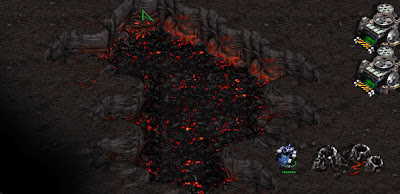
To a Question that what does Marxist History actually mean, Dr. Upinder Singh had given an elaboration to Malvika Singh. It had been published in Tehelka of Tarun J Tejpal, Vol 5, issue 33, Saturday, August 23, 2008, New Delhi.
According Dr. Upinder Singh, “Well, I think there is a lot of diversity within what we describe as Marxist historiography. Marxist history writing of the 1960s and 1970s was truly path braking. It brought in an important focus on economic and social processes. It brought in marginalised and subordinated social groups. It brought in a focus on agrarian relations, class structure, forms of labour. At the same time, it is important to recognise that Marxist historiography, especially in forms in which it percolated down into classrooms and public consciousness, also did have major problems. One of the limitations was the fact that religion, for instance, was generally treated as something that was a reflection of existing social and political power relations and certainly the aesthetic dimensions of the past were not given the kind of treatment they deserved. When an ideology, - any ideology - becomes dominant, deeply entrenched in research and education institutions, and is given state patronage, it can become a major obstacle to fresh creative thinking. I think without disagreement and dissent there can be no progress in any discipline. It is also important to look at other strong ideological positions that exist in our times. You have right-wing interpretation of the past, which are constantly trying to impose a very monolithic view of Indian culture on us and are very intolerant of anyone who thinks differently.”
The above definition is complete in itself to some extent. However, Dr. Upinder, a teacher of Ancient History at Delhi University India, has obliquely referred to some controversies. The readers would be able to develop good picture of Indian Historiography in post independence India by referring to another statement made by S. Gopal, another established historian and son of Honourable President of India, S. Radhakrishanan. Dr. Upinder Singh is daughter of Indian Prime Minister Dr. Manmohan Singh. The statement of S. Gopal is given at the following link.
The Fear of History.
Further, an obituary by K. N. Pannikar, another established historian, which contains reference to debates of 1960s and 1970s plays another dimension and it can be accessed at the following link.
A Great Historian
Source: TEHELKA, VOL 5, ISSUE 33, AUGUST 23, 2008, TEHELKA Frontline, Volume 19 - Issue 09, Apr. 27 - May 12, 2002, India's National Magazine from the publishers of THE HINDU Seminar 221, January 1978




